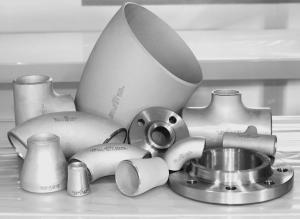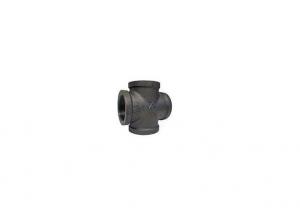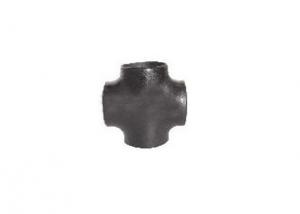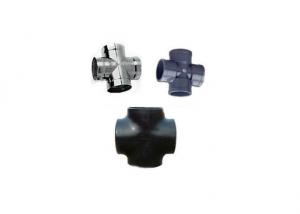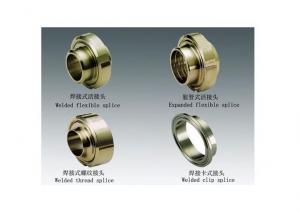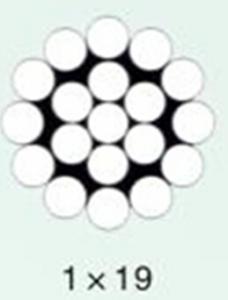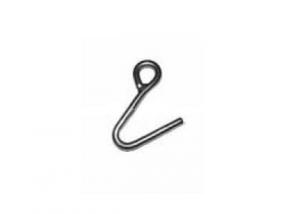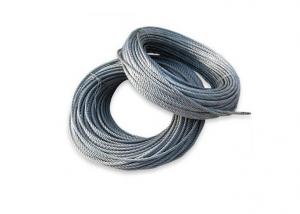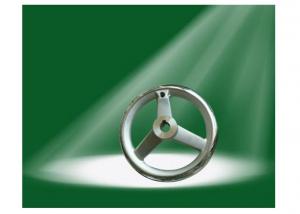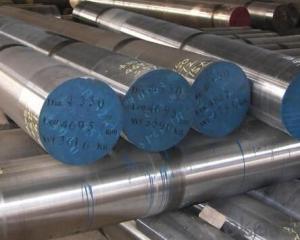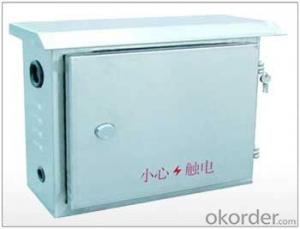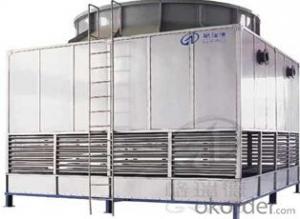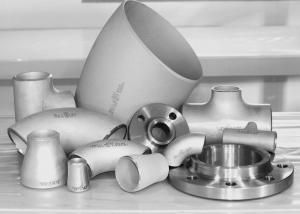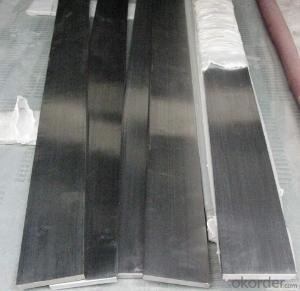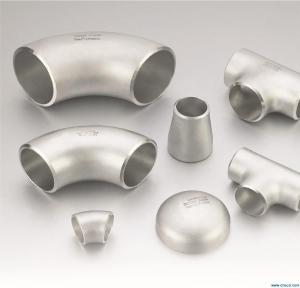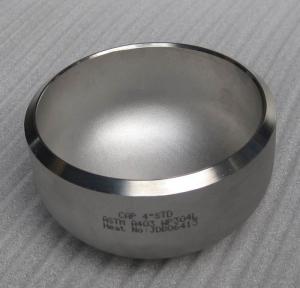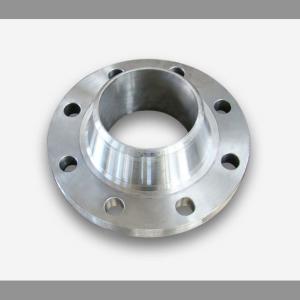Stainless Steel Cross
Stainless Steel Cross Related Searches
Stainless Steel Crosses Men's Stainless Steel Cross Mens Stainless Steel Cross Stainless Steel Cross Chain Stainless Steel Crown Stainless Steel Crucifix Stainless Steel Post Stainless Steel Stainless Stainless Steel Jewlery Stainless Steel Jewelery Chrome Stainless Steel Stainless Steel Jewellery Stainless Steel Door Stainless Steel Iron Stainless Steel Glass Metal Stainless Steel Stainless Steel Box Crown Stainless Steel Stainless Steel Eye Stainless Steel S Stainless Steel Hardware Stainless Steel Mirror Stainless Steel Top Stainless Steel Vessel Stainless Steel Strap Stainless Steel Crowns Stainless Steel Neckless Stainless Steel Art Stainless Steel Rope Chain Stainless Steel RoseStainless Steel Cross Supplier & Manufacturer from China
Stainless Steel Cross is a type of metal accessory that is widely used in various industries due to its durability and corrosion resistance. Made from high-quality stainless steel material, these crosses are known for their strength and aesthetic appeal, making them suitable for both functional and decorative purposes.The Stainless Steel Cross is commonly used in construction, architecture, and design projects, where its robustness and resistance to harsh weather conditions are highly valued. It is also popular in the automotive and aerospace industries for its lightweight and high-strength properties. Moreover, these crosses are often employed in marine applications, where their corrosion resistance is crucial for maintaining structural integrity.
Okorder.com is a leading wholesale supplier of Stainless Steel Cross products, boasting a vast inventory that caters to the diverse needs of customers across different sectors. With a commitment to quality and customer satisfaction, Okorder.com ensures that each Stainless Steel Cross is manufactured to meet the highest industry standards, providing clients with reliable and long-lasting solutions for their projects.
Hot Products
